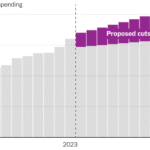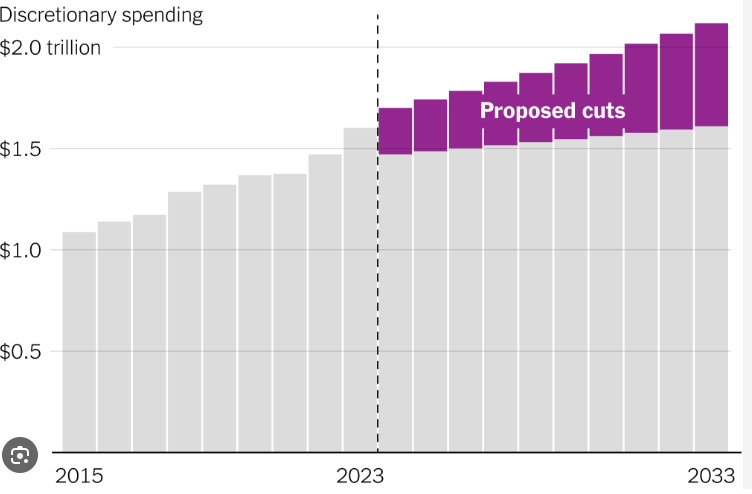The 2011 debt ceiling showdown revealed more than just partisan gridlock—it highlighted a fundamental clash between two approaches to governance: rules-based politics versus discretionary politics. This ongoing battle not only shapes U.S. fiscal policy but also determines how much flexibility leaders have to respond to economic crises.
Rules vs. Discretion: The Core Debate
For decades, economists and policymakers have debated whether governments should rely more on strict rules or flexible discretion when making policy decisions.
-
Rules-based policy: Provides predictability, limits abuse of power, and reassures markets. Conservative economist Milton Friedman famously supported fixed monetary rules, arguing that they prevent political manipulation.
-
Discretionary policy: Allows leaders to respond quickly to unexpected crises, such as financial collapses or recessions. Supporters argue that activist government can adapt better than rigid rules.
The debt ceiling and balanced budget amendment proposals exemplify this tension. Rules limit flexibility but shield politicians from direct blame, while discretion allows maneuvering but exposes leaders to criticism.
The Debt Ceiling: A Rule with Political Risks
The U.S. debt ceiling is a self-imposed limit on federal borrowing. Historically, Congress raised it routinely when needed. But in 2011, Republicans waived the Gephardt Rule, which had previously allowed automatic debt ceiling increases tied to budget resolutions.
This maneuver created political leverage, letting lawmakers force spending cuts by threatening default. While it showcased the GOP’s preference for rules when convenient, it also revealed how rules can be weaponized for partisan advantage.
As the Christian Science Monitor noted, this was not the first time: Republicans had used similar tactics in 1995, leading to government shutdowns under President Clinton.
The Balanced Budget Amendment: Rules as a Shield
The Republican push for a Balanced Budget Amendment demonstrates how rules can serve as political armor. By embedding spending limits into the Constitution, lawmakers could justify unpopular budget cuts by pointing to “the rule” rather than taking direct responsibility.
Such an amendment would constrain government even during emergencies, forcing austerity even when stimulus spending might be necessary. This would fundamentally shift the balance of U.S. economic policy toward permanent retrenchment.
Why Rules Can Hide Political Motives
Rules may sound neutral, but they often function as political cover. By insisting that “the rules require cuts,” politicians avoid accountability for painful policy choices.
At the same time, discretion isn’t perfect either. Discretionary politics often falters when leaders fail to reach consensus—evident in the creation of the 2011 Super Committee, which was tasked with deficit reduction. Like many committees before it, it risked deadlock, leaving automatic spending cuts (the “trigger”) to kick in.
Notably, those triggers favored spending cuts over tax increases, aligning with Republican preferences.
What This Means for the Economy
The larger danger lies in how rules-based governance locks in austerity measures. If rules force spending cuts during a weak recovery, they can worsen unemployment and slow growth. Discretionary tools, on the other hand, allow policymakers to adjust to crises, as seen in the government’s response to the 2008 financial meltdown.
For those who believe government intervention is necessary during downturns, the GOP’s emphasis on rules signals more budget cuts ahead—and fewer tools to stabilize the economy.
Key Takeaway
The fight between rules and discretion isn’t just theoretical—it determines how Washington handles crises like the debt ceiling and long-term fiscal policy. While rules can provide stability, they often serve as a shield for unpopular cuts. Discretion offers flexibility but risks political gridlock.
As Republicans push for measures like the Balanced Budget Amendment, Americans should recognize what’s at stake: not just partisan positioning, but the future balance between austerity and active government intervention in the U.S. economy.
























+ There are no comments
Add yours